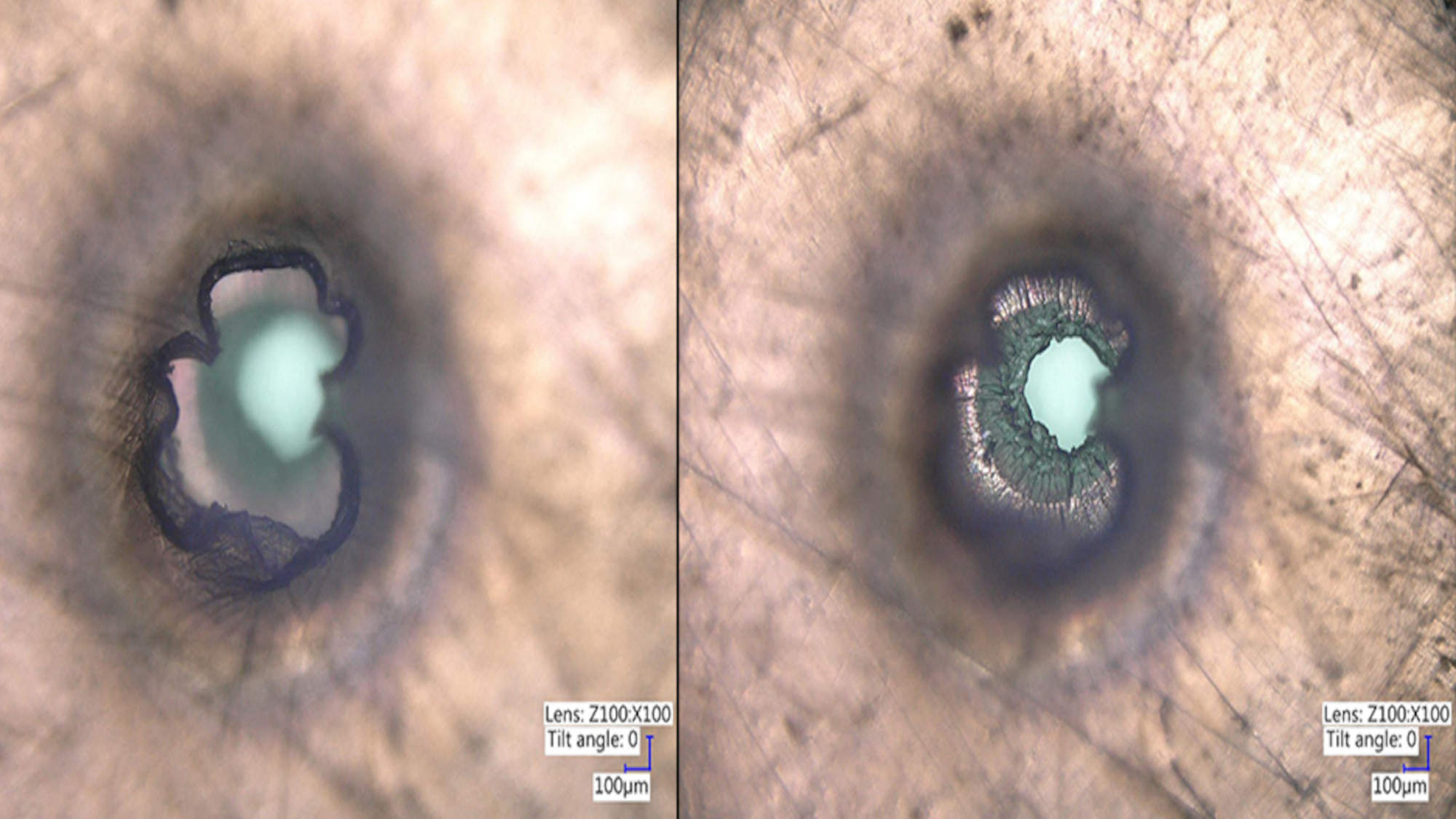A Tale of Collisions
By 2030, some private space agencies will have launched over 58,000 new satellites into near-Earth orbits, giving substance to the syndromic theory of Kessler-Cour-Palais (1978): a collision between orbiting bodies – be they artificial or natural – causes an unstoppable chain effect. The sky hosts a hyper-congested belt of debris and wounded, exhausted satellites. The sky is no longer black but thick with storms of silvery projectiles. Besides being a bet against deeply critical odds, every space launch is a nourishing show for the counterintuitive utopias of progress: winning gravity, sailing safely in unknown skies, and owning the future. Spolia Mundi (from the Latin Spolia meaning “ruin”, “fragment”, but also “found material meant to be reused”, and Mundi meaning “of the cosmos”) is a research-based visual essay about fantasies of rise and collision, underlying the uprising NewSpace (necro)politics. The project stages multiple narratives, harvested from forgotten space conspiracy theories, mythology, and stories of collapsed satellites in familiar orbits, combined to repurpose collapse in a sensible urge of taking care of the sky.
Angelica Ceccato (IT)
Angelica Ceccato (she/her) is a transdisciplinary practitioner and PhD candidate in science and technology of arts (ParisVIII). Drawing on aesthetic and ecological perspectives, her current research questions the legitimacy of the rising NewSpace politics of colonization merging scientific, speculative and fictional narratives.

